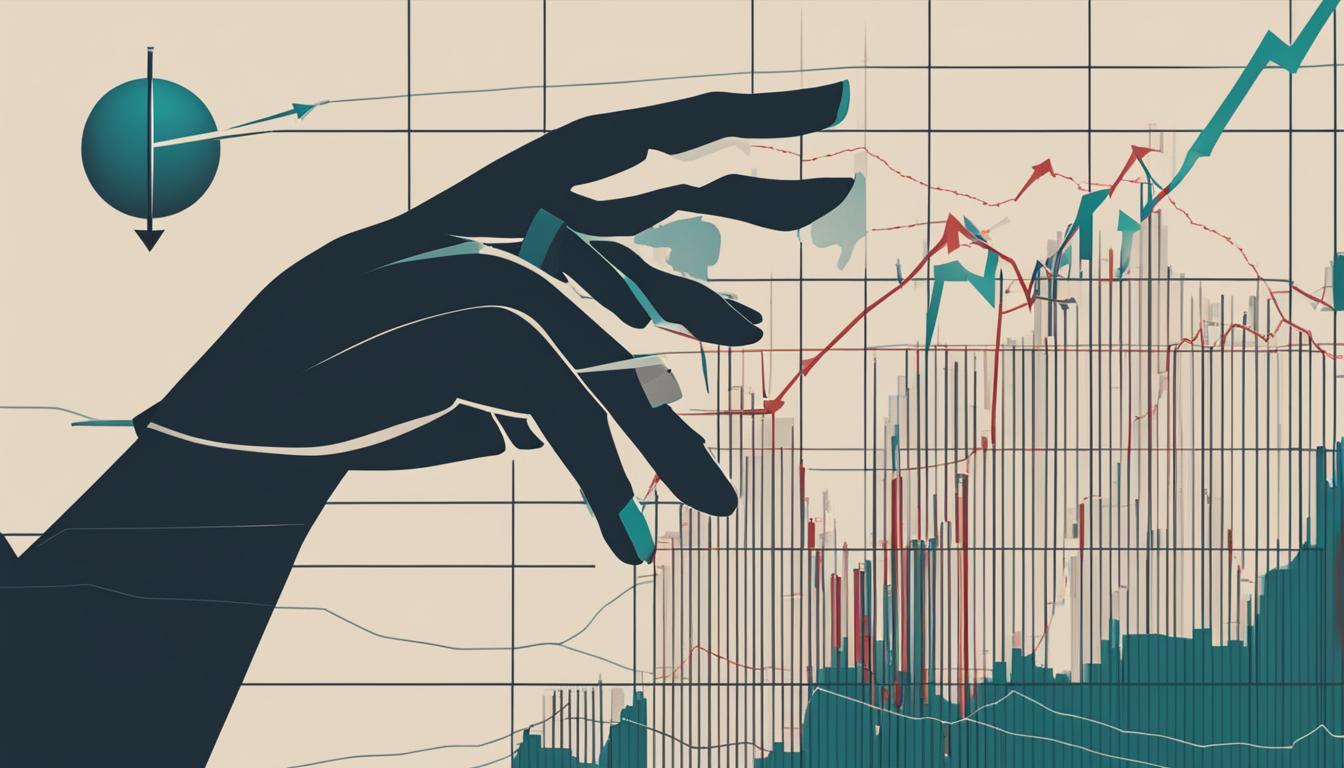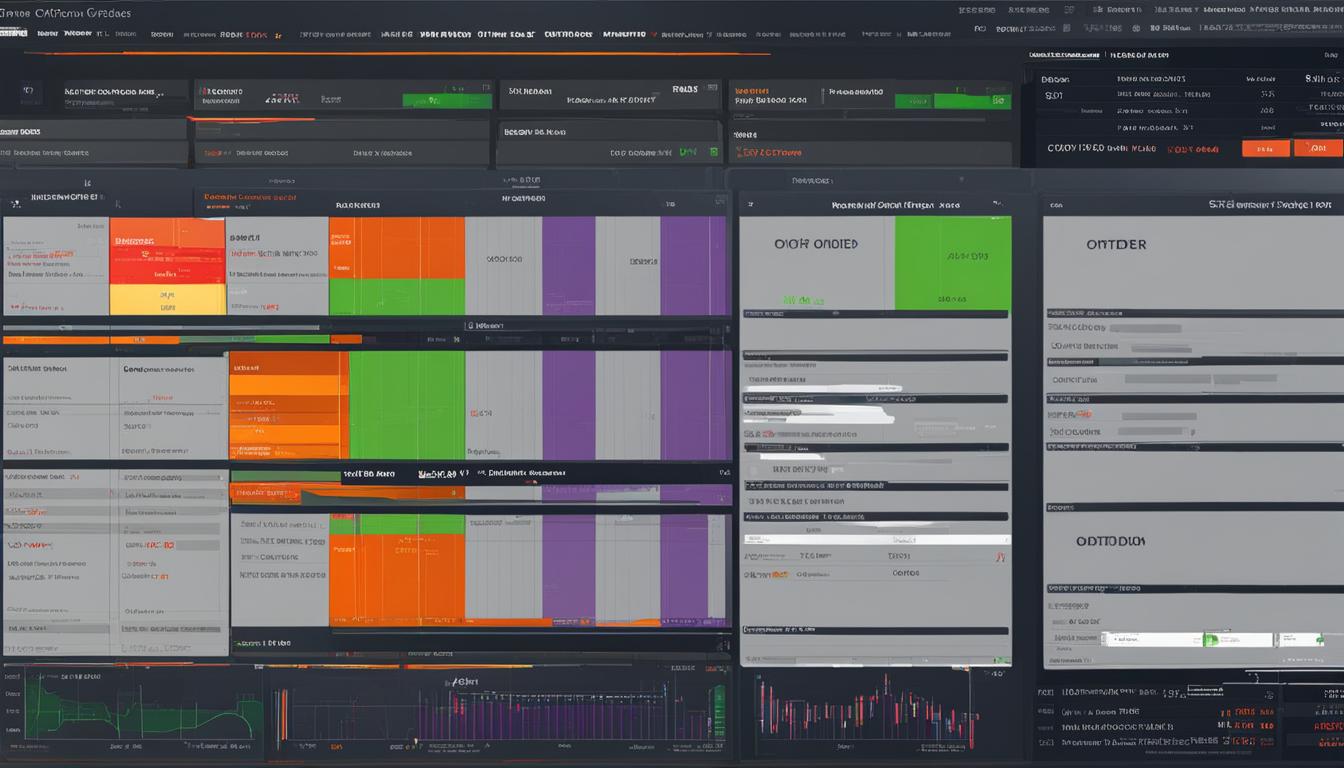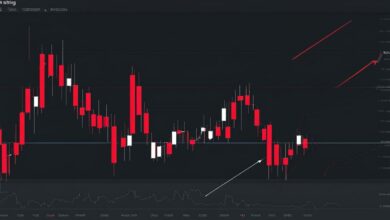Max Pain Options: What It Is and How It Can Predict Market Moves

Introduction
Understanding max pain options can significantly enhance your options trading strategy. Max pain, or the max pain price, is the strike price with the most open options contracts, comprising both puts and calls. This is the price at which the stock would cause financial losses for the largest number of option holders upon expiration.
Significance of Understanding Max Pain Options:
- Predictive Indicator: The theory suggests that as options expiration approaches, stock prices tend to gravitate towards the max pain price. This can serve as a predictive indicator for traders.
- Strategic Advantage: By understanding and utilizing max pain, you can potentially anticipate market moves and make more informed trading decisions.
- Risk Management: Knowing where max pain lies allows you to better manage risks by identifying points of potential market manipulation or major price shifts.
For a deeper dive into related trading concepts, consider exploring What Is A Put Option? and What Is A Call Option?.
Additionally, it could be beneficial to understand the implications of paper trading versus real money trading. This exploration will allow you to test your comfort zone and weigh the pros and cons associated with each approach.
By incorporating these key points about max pain options, put options, call options, and paper vs real money trading into your knowledge base, you will be better equipped to develop more nuanced trading strategies and improve your risk management techniques.
Understanding Max Pain Options
What Are Max Pain Options?
Max pain options are the strike price at which the highest number of open options contracts, both puts and calls, exist. This specific price point causes the most options to expire worthless, resulting in maximum financial loss for option holders.
The Significance of Strike Price and Expiration in Options Trading
Both the strike price and expiration date play important roles in options trading:
- Strike Price: This is the pre-determined price at which an option can be exercised. It greatly affects the potential profitability of an options contract.
- Expiration Date: This is the deadline for exercising an option contract. As the expiration date approaches, the concept of max pain becomes more significant.
For a deeper understanding of market trends and investor sentiment through open interest in option contracts, you can explore the hidden power of Open Interest in Option Contracts. This will allow you to gain insights into market trends and investor sentiment for smarter investment decisions.
How Does Maximum Pain Theory Work?
The Maximum Pain Theory proposes that as the expiration date nears, stock prices tend to move towards the strike price where the largest number of options expire worthless. Option writers may take actions such as buying or selling shares to influence prices towards this point, thereby reducing their potential losses.
To enhance your strategy, it is beneficial to understand the differences between systematic and unsystematic risk. You can learn more about these concepts by exploring Systematic vs Unsystematic Risk.
Making Informed Decisions
To make informed decisions between different trading strategies like FX Spot vs FX Option trading, visit our insightful comparison of FX Spot vs FX Option Trading. This analysis has been professionally conducted for skilled traders in the US, providing valuable insights for financial decision-making.
Calculating Max Pain Options
To calculate the max pain price, follow these steps:
- Identify All Strike Prices: Gather all the strike prices for the options contracts of the underlying asset.
- List Outstanding Contracts: List the number of outstanding put and call options at each strike price.
- Calculate Potential Expiry Values:
- For each strike price, determine the total value of in-the-money (ITM) calls and puts if that price were the expiration price.
- The value is calculated by summing up the dollar amounts of ITM options.
- Sum Total Dollar Value: Add up the values from step 3 for every strike price to find where maximum financial loss occurs for option holders.
The max pain price is significant as it represents a level where the maximum number of options would expire worthless. This tendency can influence option writers and market makers to drive stock prices towards this level, potentially creating opportunities or risks for traders.
In-the-money strike prices play a crucial role in determining max pain. These are strikes where options have intrinsic value and contribute significantly to the total potential payouts. By summing these values across various strikes, you can observe how different prices impact overall financial outcomes.
For more insights into historical volatility vs implied volatility and its implications on option strategies, explore this resource on historical volatility vs implied volatility. It explores the contrast between historical volatility vs implied volatility, uncovering how past market trends and expected fluctuations shape your trading strategy.
Understanding how to calculate max pain options equips you with a powerful tool to predict potential market movements and improve your trading strategy. Additionally, it’s essential to be aware of the risks involved in trading, such as broker scams. Our extensive expose reveals the worst scams and offers tips on how to keep your investments safe. Moreover, to bolster your portfolio and gain an edge in any market conditions, you can explore neutral options strategies which provide a winning edge in the world of trading.
The Predictive Power of Max Pain Options
Max pain theory suggests that the price of an underlying stock tends to move towards the strike price where the highest number of options expire worthless. This theory has sparked debates on its predictive power, with some traders believing it provides an edge in forecasting price movements, particularly as expiration dates approach. However, empirical evidence is mixed, with some studies indicating a moderate level of predictability while others highlighting inconsistencies.
The Role of Market Makers and Option Writers in Relation to Max Pain Predictions
Market makers and option writers play a crucial role in the dynamics surrounding max pain. As expiration nears, these entities might engage in practices such as buying or selling the underlying stock to effectively hedge their positions. This activity can influence stock prices, potentially driving them closer to the max pain point. Understanding market makers’ positions can offer valuable insights into potential price movements.
Influence of Underlying Stock Prices on Max Pain Accuracy
The accuracy of max pain predictions is also dependent on the behavior of underlying stock prices. Sudden market news, economic data releases, and broader market trends can all impact stock prices, sometimes causing deviations from the anticipated max pain point. Thus, while max pain offers a framework for expectations, actual outcomes may vary due to external factors.
To gain further insights into understanding various components and strategies related to options trading, it’s beneficial to explore comprehensive options quotes. These quotes decode various components of an option quote and provide a deep dive into financial trading. Additionally, understanding option moneyness is crucial for unlocking advanced strategies that maximize profits in the US market.
Incorporating these aspects into your analysis can enhance your understanding and application of max pain in predicting market moves. Furthermore, exploring the world of options exchanges and learning how they operate can provide valuable insights into American financial markets, further strengthening your trading strategies.
Some interesting discussions on max pain theory can be found on platforms like Reddit and Faster Capital, which delve into analyzing options market imbalances and provide additional perspectives on the subject.
Applying Max Pain Options in Trading Strategies
Understanding how to use max pain options can significantly enhance your trading decisions. Traders often leverage max pain theory to predict potential price movements as the expiration date approaches. By identifying the max pain price, you can gauge where the stock is likely to head and adjust your positions accordingly.
For Option Writers
Option writers are traders who sell options. They might choose to sell options at strike prices around the max pain level, anticipating that many options will expire worthless.
For Option Buyers
Option buyers are traders who purchase options. They could use the max pain price to determine optimal entry and exit points, potentially avoiding those high-risk zones where significant losses might occur.
Considering Option Closing Prices in Conjunction with Max Pain
When applying max pain strategies, it’s crucial to factor in option closing prices. The option closing price plays a pivotal role in determining whether an option is exercised or expires worthless.
Key considerations include:
- If an option is in-the-money at expiration, it will be exercised, affecting the stock’s price movement.
- Options that are out-of-the-money at expiration typically expire worthless, aligning with the max pain theory.
To gain comprehensive insights into how these elements have evolved over time, you might find this in-depth analysis on how options trading changed over the last decades useful.
Furthermore, understanding the differences between equity and index options can provide valuable insights for making informed investment decisions in the US market.
Additionally, comparing different brokers and their platforms can aid in making informed decisions. Explore this Interactive Brokers review for valuable details on usability and service offerings.
Understanding these dynamics allows you to better anticipate market moves and tailor your strategies effectively.
Controversy and Regulation of Max Pain Options
Exploring the controversial nature of max pain theory reveals a divide among traders and analysts. Some argue that the gravitation of stock prices towards the max pain price is a result of market manipulation by option writers and market makers. The idea is that these entities might influence stock prices to minimize their financial losses at options expiration.
Conversely, others view this as a matter of statistical probability. They believe that the tendency for stock prices to move towards the max pain price is simply a reflection of natural market forces. This perspective suggests that the concentration of open options contracts at specific strike prices leads to predictable price movements without any deliberate manipulation.
Role of Regulatory Bodies such as the SEC
The role of regulatory bodies like the SEC (Securities and Exchange Commission) is critical in this context. Their mandate includes ensuring fair and transparent market practices. The SEC continuously monitors trading activities to detect and prevent potential market manipulation.
- Market Manipulation: Critics argue that some traders might exploit max pain theory to their advantage, potentially leading to manipulated stock prices.
- Statistical Probability: Supporters contend that observed price movements are inherently probabilistic, shaped by market dynamics rather than manipulation.
To further understand how regulatory bodies approach these issues, it’s useful to explore related topics such as the influence of trading halts on options trading, which can have significant implications on market behavior.
Understanding these viewpoints provides valuable insight into the complexities surrounding max pain options, offering a balanced perspective on its implications in options trading. For instance, understanding the influence of technical indicators like the RSI indicator can help traders gain a strategic edge in the market by identifying potential trends and reversals.
Moreover, it’s important to have a comprehensive understanding of various options strategies. For instance, understanding the dynamics of Call vs Put options can help traders make informed decisions on their investment goals and risk appetite. This knowledge adds another layer of perspective to the debate surrounding max pain options, allowing traders to navigate this controversial theory more effectively.
The Future of Max Pain in Options Trading
The world of max pain options is changing, and it’s important for traders to stay informed about these developments. In this article, we’ll explore how emerging trends are shaping the future of max pain options and discuss some of the key factors that could impact its effectiveness.
1. Utilizing Machine Learning and AI
- Machine learning algorithms: These can process historical options data, trading volumes, and other relevant metrics to predict future price movements more accurately.
- Artificial intelligence: AI-driven models can dynamically adjust predictions based on real-time market changes, offering traders a competitive edge.
2. Integration with Alternative Data Sources
Utilizing alternative data sources such as social media sentiment, news events, and economic indicators further enhances the accuracy of max pain predictions. Traders can make more informed decisions by incorporating these diverse inputs.
3. Advanced Analytical Tools
- Predictive analytics platforms: These tools provide sophisticated visualizations and predictive models, helping traders understand potential market moves.
- Customizable dashboards: Real-time updates on options activity and max pain levels enable quick decision-making.
Exploring these advanced techniques can be beneficial for options traders looking to refine their strategies. For instance, understanding what it means to exercise an option or comparing different types of options brokers can provide deeper insights into optimizing trades.
The future of max pain in options trading is increasingly reliant on integrating innovative technologies and alternative data sources to enhance strategic decision-making. By staying updated with these emerging trends, traders can better navigate the complexities of the options market.
Conclusion
Max pain options offer a unique way to predict market moves and improve your options trading strategies. While the theory has its limitations and controversies, understanding it can give you valuable insights into how the market works.
To further enhance your trading tactics, consider exploring these related strategies:
- Decreasing implied volatility: Learn how to manage risks and maximize returns in a volatile market.
- Momentum trading: Discover techniques that can help you become more skilled at trading stocks.
- Rolling options: Unlock greater profit potential and improve your overall trading strategies.
By combining these approaches with the power of max pain, you’ll be well-equipped to navigate the complexities of the options market.







